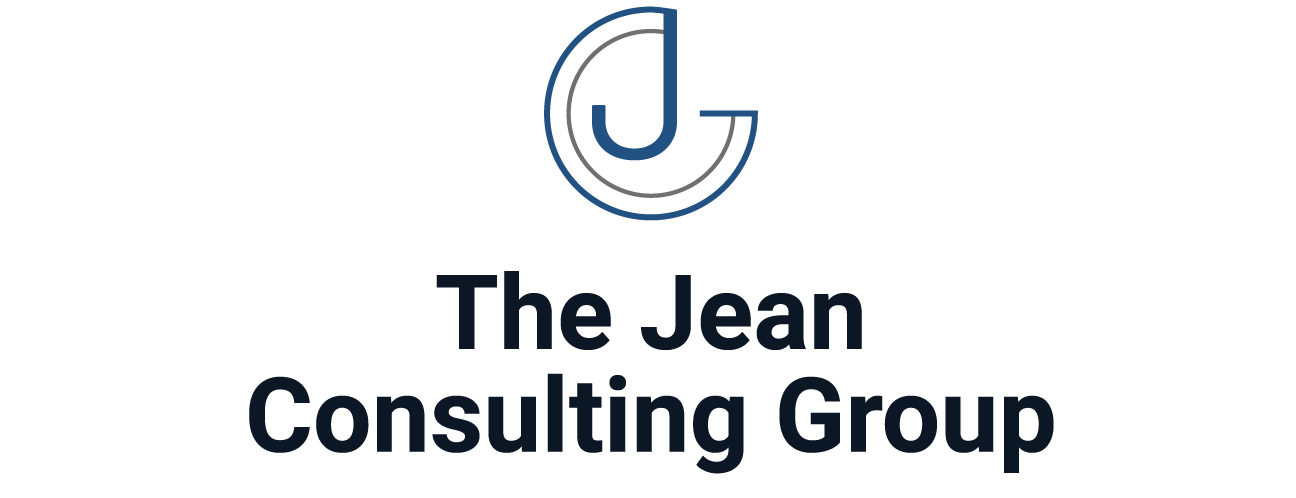In an era dominated by digital technologies, the need for comprehensive policies governing digital conduct and cybersecurity has never been more critical. As organizations increasingly rely on digital platforms for communication, collaboration, and operations, the risks associated with cyber threats and improper digital behavior have grown exponentially. This article explores the importance of integrating policies for digital conduct and cybersecurity into organizational handbooks and development processes, providing guidance on creating documents that safeguard sensitive information, protect against cyber threats, and promote responsible digital practices.
Understanding Digital Conduct & Cybersecurity Policies
Digital conduct and cybersecurity policies outline guidelines and protocols for employees’ behavior and actions in digital environments, such as email, social media, cloud platforms, and company networks. These policies address various aspects, including data protection, password management, acceptable use of technology resources, and procedures for responding to security incidents. By establishing clear expectations and standards, these policies help mitigate the risks associated with cyber threats, data breaches, and internal misconduct in digital spaces.
Key Components of Digital Conduct & Cybersecurity Policies
When developing policies for digital conduct and cybersecurity, organizations should consider including the following key components:
- Data Protection: Guidelines for handling and protecting sensitive information, including encryption protocols, data storage practices, and restrictions on sharing confidential data.
- Password Management: Requirements for creating strong, unique passwords, regular password changes, and safeguards against password sharing or theft.
- Acceptable Use Policies: Clear guidelines on the appropriate use of company-owned devices, software, and networks, including restrictions on accessing inappropriate content or engaging in activities that pose security risks.
- Email and Communication Protocols: Best practices for email communication, including rules for phishing awareness, avoiding suspicious attachments, and reporting suspicious emails or security incidents.
- Social Media Guidelines: Policies outlining acceptable use of social media platforms for professional purposes, including guidelines for representing the organization online and protecting proprietary information.
- Incident Response Procedures: Protocols for responding to cybersecurity incidents, including reporting procedures, containment measures, and steps for recovery and mitigation.
- Training and Awareness: Provision of regular training and awareness programs to educate employees about digital threats, cybersecurity best practices, and their role in safeguarding organizational data.
Strategies for Integrating Digital Conduct & Cybersecurity Policies
To effectively integrate policies for digital conduct and cybersecurity into organizational handbooks and development processes, organizations can employ the following strategies:
- Incorporation into Employee Handbooks: Include a dedicated section in the employee handbook that outlines the organization’s digital conduct and cybersecurity policies, ensuring that all employees are aware of their responsibilities and obligations.
- Training and Education: Provide comprehensive training programs to educate employees about digital threats, cybersecurity best practices, and the organization’s policies and procedures.
- Regular Review and Update: Commit to regularly reviewing and updating digital conduct and cybersecurity policies to reflect changes in technology, regulations, and emerging threats.
- Promotion of a Culture of Security: Foster a culture of security awareness and accountability throughout the organization by encouraging employees to report security concerns, participate in training programs, and adhere to established policies and procedures.
- Integration with IT Infrastructure: Work closely with IT departments to ensure that digital conduct and cybersecurity policies are aligned with technical controls and security measures implemented within the organization’s IT infrastructure.
Conclusion
Incorporating policies for digital conduct and cybersecurity into organizational handbooks and development processes is essential for protecting sensitive information, mitigating cyber threats, and promoting responsible digital practices. By establishing clear guidelines, providing training and education, and fostering a culture of security awareness, organizations can empower employees to play an active role in safeguarding digital assets and maintaining the integrity and confidentiality of organizational data. As technology continues to evolve, organizations must remain vigilant in adapting and updating their policies to address emerging threats and ensure ongoing protection against digital risks.




